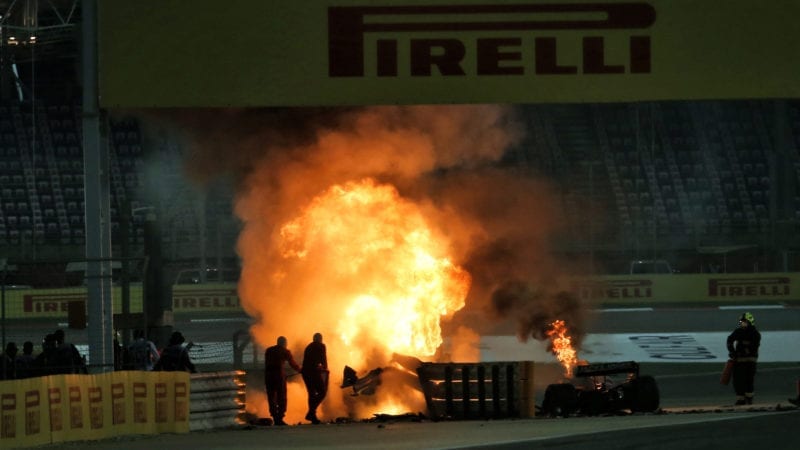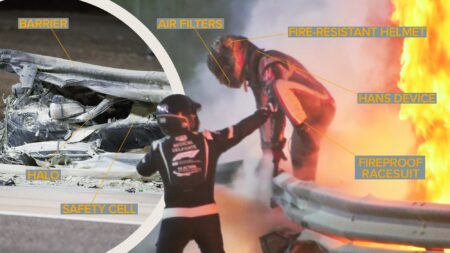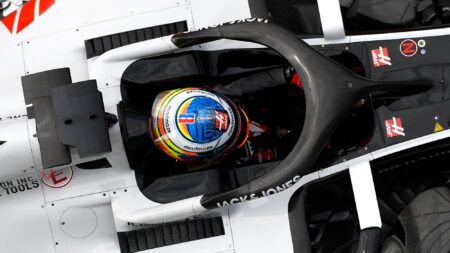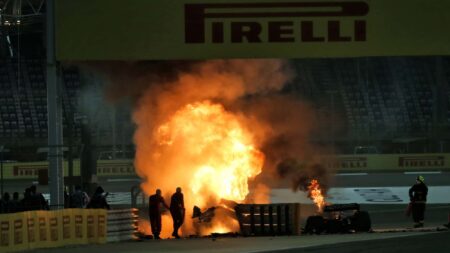FIA president Jean Todt is rightly proud of the work that has been done over the three months since Grosjean’s crash.
“Important learnings have been drawn from these investigations that will drive our continuous mission to improve safety in F1 and global motor sport,” he says.
“The enduring commitment of the FIA [and] particularly the safety department on reducing risks associated with motor sport enabled Romain Grosjean to maintain consciousness and survive an accident of this magnitude. Safety is and will remain FIA’s top priority.”
“Incidents involving fire of this scale are thankfully rare, so it is very important to learn what we can, including the interaction with the high voltage system,” said FIA Safety Director Adam Baker.
“The efforts of those involved were heroic and have quite rightly been the subject of much praise.
“Following the approval of our findings by the World Motor Sport Council, we will integrate the actions into the ongoing work.”
The areas that the FIA is focusing on are divided into four main categories, relating to vehicles, circuits, driver equipment, and medical/rescue.
Vehicles
The summary of the FIA report notes that “due to damage to the survival cell and a number of components within the cockpit environment, Romain Grosjean’s left foot was initially trapped as the car came to rest.
“The driver was able to free his foot by withdrawing it from his racing boot leaving the boot in the entrapped position in the car and then moved both the dislodged headrest and steering wheel to egress the car.”






